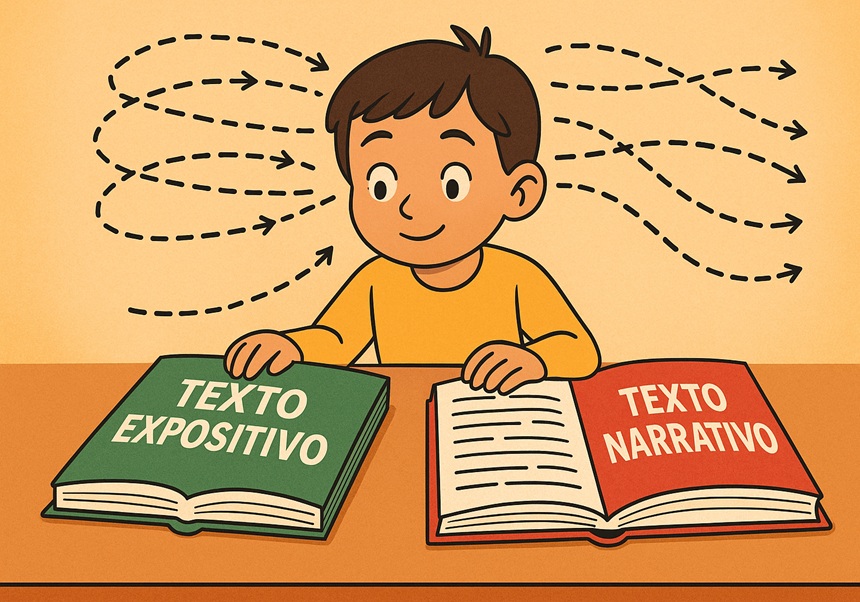
To cite this article: Gómez-Merino, N., Fajardo, I., Ferrer, A., & Joseph, H. (2022). Eye movements of deaf students in expository versus narrative texts. American Annals of the Deaf, 167(3), 313–333. https://doi.org/10.1353/aad.2022.0022
How do students with deafness read? Eye-movement clues in narrative vs. expository texts
Study context
Text comprehension is foundational at school and often challenging for deaf and hard-of-hearing (DHH) students. We examined whether text genre (narrative vs. expository) changes how reading unfolds and how much is understood, comparing DHH students (9–15 years) with age-matched hearing peers, measuring both product and process.
What we investigated
We tested whether expository texts demand more effort than narratives, and whether DHH students adjust their reading differently from hearing peers: total reading time, progressive/regressive fixations, and saccade amplitude.
How we did it
Using eye-tracking, participants read two short on-screen texts (one narrative, one expository) and then answered four open questions per text (max 8 points). Nineteen DHH and nineteen hearing students, matched on age and nonverbal IQ, all schooled in Spanish, took part. We analyzed whole-text dwell time, fixations, and saccade amplitude.
What we found
-
Accuracy: DHH students scored lower than hearing peers, with no genre effect on accuracy in either group.
-
Process: for both groups, expository texts elicited longer reading times and more regressions; narratives showed more linear reading (more progressive fixations).
-
Saccades: a key interaction emerged. Only in DHH readers were saccades longer in expository than in narrative texts; hearing readers showed no reliable change—pointing to a different monitoring/adjustment pattern in DHH.
Why it matters
-
Psychology: mapping when comprehension breaks down guides interventions to strengthen monitoring and self-regulation.
-
Education: expository texts dominate in higher grades; explicit text-structure instruction and strategic reading support can reduce effort and improve outcomes.
-
Speech & language therapy: targeting vocabulary, syntax, and reading monitoring may yield more efficient eye-movement patterns and better comprehension.
Future directions
Future work should include more texts, counterbalance order, and examine clinical/linguistic factors (e.g., hearing age, sign-language use) that may shape eye-movement patterns and comprehension.










